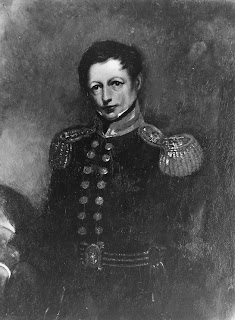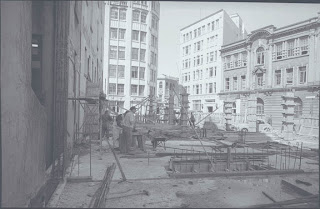Esplanade Hotel

The Esplanade Hotel is an imposing three storey plastered brick building. Its three-sided facade is aligned so that the Hotel entrance faces Victoria Road - Queens Parade junction. The hotel was built by the Great Northern Brewery Company Limited on the former site of Holmes Brothers 'Flagstaff Hotel', which had opened in August 1864. The old hotel was moved to an adjacent site in Queens Parade, so that the new hotel could be built. The old wooden building was used as a staff residence and boarding-house until it was demolished in 1938. Ref: D_GSV-0009, Esplanade Hotel, c. 1909, North Auckland Research Centre






